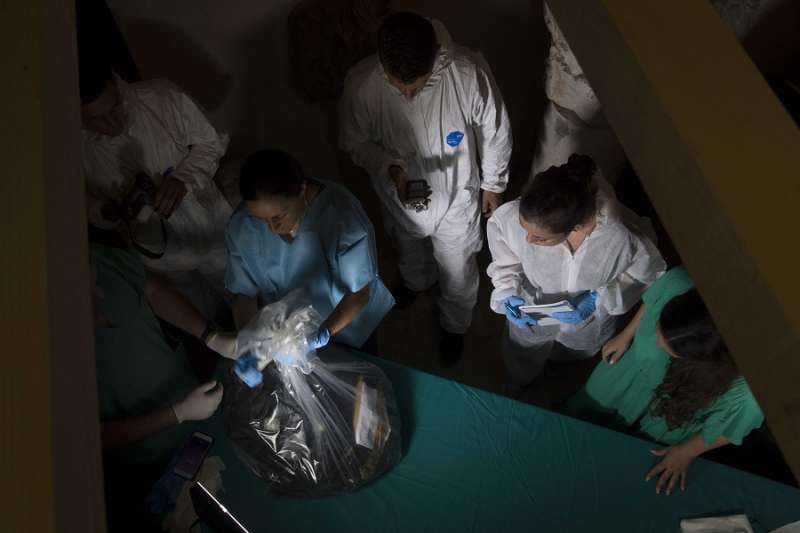The Vatican reported Sunday that bones discovered in previously hidden ossuaries pre-date the 20th century – and therefore cannot be the remains of a Vatican teen who went missing in the 1980s.
Hundreds of partially intact bones and thousands of bone fragments were studied by a forensic anthropologist and found to all date from before the end of the 19th century, the Holy See press office stated, adding that “this belies any connection with the painful disappearance of Emanuela Orlandi.”
Some of the remains tested may belong to Princess Sophie von Hohenlohe and Duchess Charlotte Frederica of Mecklenburg-Schwerin, who both died in the mid-19th century. Others were found to have the characteristics of bones dating from ancient times and were not tested.
On July 11, the Vatican opened the noblewomen’s tombs in cooperation with an investigation into the disappearance of 15-year-old Emanuela Orlandi in 1983. Orlandi was the daughter of an envoy of the Prefecture of the Pontifical House and a citizen of Vatican City State.
The tombs are in the cemetery of the Teutonic College on Vatican-owned property, which sits adjacent to Vatican City State. In what was a surprise to investigators, they were found completely empty of human remains.
Two ossuaries filled with partial bones and bone fragments were subsequently found under the pavement of a room in the college adjacent to the tombs. An ossuary is a container, or a room, used to store skeletal remains after the rest of the body has decomposed. They are common in areas where underground burial space is limited.
The ossuaries may have been placed there when an extensive renovation of the Teutonic College took place in the 1960s and 1970s.
The tombs of the noblewomen were opened at the request of Orlandi’s family, which had received an anonymous note alleging a clue to the girl’s disappearance could be found in the tombs next to a statue of an angel.
Orlandi’s disappearance on June 22, 1983 has been one of Italy’s biggest unsolved mysteries and, since it occurred, the subject of international intrigue, including suspicion about the Vatican’s role.
The Holy See press office stated July 28 that the Holy See’s communication of the operations at the Teutonic College cemetery confirms their “willingness to seek the truth about the disappearance of Emanuela Orlandi,” but that it “categorically denies that this attitude of full cooperation and transparency can in any way mean, as some say, an implicit admission of responsibility.”
The study of the bones included a “morphological analysis” carried out by forensic anthropologist Giovanni Arcudi and his staff in the presence of an expert appointed by the Orlandi family.

